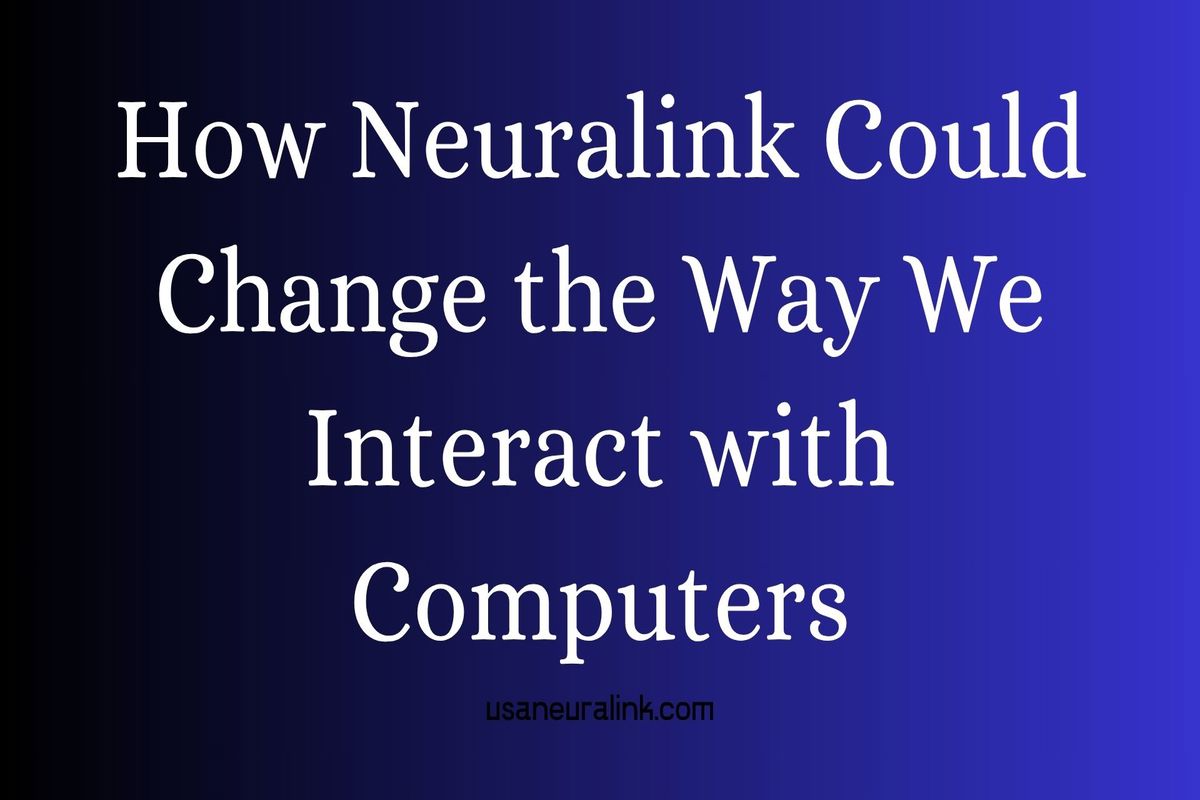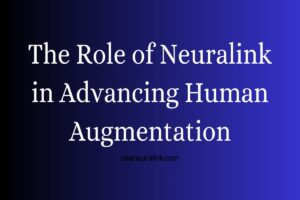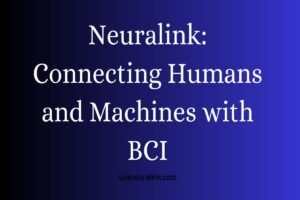Neuralink’s Impact on Education and Learning
Neuralink, a neurotechnology company founded by Elon Musk, is pushing the boundaries of human potential by developing brain-computer interface (BCI) technologies. These innovations aim to merge human cognition with artificial intelligence, enabling direct communication between the brain and external devices. While Neuralink’s primary focus has been on medical applications, such as treating neurological disorders, its implications for education and learning are profound. This blog explores how Neuralink’s technology could revolutionize the way we acquire, process, and retain knowledge, transforming education for students, educators, and lifelong learners.
The Promise of Neuralink in Education
Neuralink’s BCI technology involves implanting tiny electrodes in the brain to record and stimulate neural activity. This allows for seamless interaction between the human brain and digital systems. In the context of education, this technology could:
-
Enhance Cognitive Abilities: By augmenting memory, focus, and processing speed, Neuralink could enable students to absorb information more efficiently.
-
Personalize Learning: BCIs could adapt educational content in real-time based on a student’s cognitive state, learning style, and comprehension level.
-
Facilitate Direct Knowledge Transfer: Imagine downloading complex concepts directly into the brain, bypassing traditional study methods.
-
Support Students with Disabilities: Neuralink could provide alternative learning pathways for students with cognitive or physical impairments, making education more inclusive.
These possibilities, while futuristic, are grounded in Neuralink’s ongoing research and development. Let’s dive deeper into how these applications could reshape education.
Enhancing Cognitive Abilities
One of the most exciting prospects of Neuralink is its potential to enhance cognitive functions critical to learning. Memory retention, attention span, and problem-solving are often bottlenecks in traditional education. Neuralink’s BCI could address these challenges by:
-
Boosting Memory: Neuralink could strengthen neural connections associated with memory formation, allowing students to retain information longer and recall it more accurately. For example, a student studying for a history exam could encode dates and events more effectively.
-
Improving Focus: By monitoring and modulating brain activity, Neuralink could help students maintain concentration, even in distracting environments. This could be a game-changer for students with ADHD or those struggling with procrastination.
-
Accelerating Processing Speed: Complex subjects like calculus or quantum physics require rapid mental computation. Neuralink could enhance the brain’s ability to process abstract concepts, making advanced topics more accessible.
These enhancements could level the playing field, enabling students of all abilities to excel in their studies.
Personalized Learning at Scale
Personalized learning is a cornerstone of modern education, but current systems rely on algorithms that analyze external data, such as test scores or clickstream activity. Neuralink takes personalization to the next level by directly accessing cognitive and emotional states. Here’s how:
-
Real-Time Adaptation: Neuralink could monitor a student’s brain activity to detect confusion, boredom, or mastery of a topic. Educational software could then adjust the difficulty or presentation of material instantly.
-
Tailored Learning Pathways: By understanding a student’s unique neural patterns, Neuralink could recommend learning strategies that align with their strengths, whether they’re visual, auditory, or kinesthetic learners.
-
Emotional Regulation: Learning is heavily influenced by emotions. Neuralink could help students manage stress or anxiety during exams, creating an optimal mental state for learning.
This level of personalization could make education more engaging and effective, reducing dropout rates and fostering a love for lifelong learning.
Direct Knowledge Transfer: The Future of Learning?
Perhaps the most revolutionary aspect of Neuralink is the concept of direct knowledge transfer. In a world where information is abundant but time is scarce, the ability to “download” knowledge directly into the brain could redefine education. For instance:
-
Instant Skill Acquisition: Instead of spending years learning a language, students could acquire fluency in weeks by integrating linguistic patterns directly into their neural networks.
-
Complex Concept Mastery: Fields like medicine or engineering require years of study to master. Neuralink could accelerate this process by embedding foundational knowledge, allowing students to focus on practical application.
-
Collaborative Learning: Neuralink could enable “shared cognition,” where students or educators connect their minds to solve problems collaboratively, pooling their knowledge in real-time.
While this technology is still in its infancy, early experiments with BCIs suggest that direct neural interfaces could one day make traditional rote learning obsolete.

Supporting Students with Disabilities
Education systems often struggle to accommodate students with disabilities, from dyslexia to motor impairments. Neuralink’s BCI technology could bridge these gaps by:
-
Bypassing Physical Limitations: Students with motor disabilities could interact with educational tools using thought alone, eliminating the need for physical input devices.
-
Enhancing Cognitive Accessibility: For students with learning disabilities, Neuralink could provide alternative neural pathways to process information, such as converting text to auditory signals in the brain.
-
Restoring Confidence: By empowering students to overcome barriers, Neuralink could boost self-esteem and motivation, encouraging them to pursue their academic goals.
These applications align with Neuralink’s mission to improve quality of life, making education more equitable and inclusive.
Challenges and Ethical Considerations
While the potential of Neuralink in education is immense, it also raises significant challenges and ethical questions. These include:
-
Accessibility: Neuralink’s technology is likely to be expensive, at least initially. How can we ensure that it doesn’t exacerbate educational inequalities?
-
Privacy: BCIs involve sensitive neural data. Robust safeguards must be in place to protect students’ privacy and prevent misuse of their cognitive information.
-
Dependency: Over-reliance on Neuralink could weaken natural cognitive abilities, creating a generation dependent on technology for learning.
-
Equity in Enhancement: If Neuralink enhances cognitive abilities, how do we address the disparity between those who can afford it and those who cannot?
Addressing these concerns will require collaboration between educators, policymakers, and technologists to ensure that Neuralink’s benefits are distributed fairly.
The Role of Educators in a Neuralink-Enhanced World
As Neuralink reshapes education, the role of educators will evolve. Teachers will need to:
-
Adapt to New Tools: Educators must become proficient in BCI-integrated platforms, using neural data to inform their teaching strategies.
-
Focus on Critical Thinking: With knowledge transfer becoming instantaneous, educators will shift from delivering content to fostering creativity, ethics, and problem-solving.
-
Support Ethical Use: Teachers will play a key role in guiding students on the responsible use of Neuralink, emphasizing the importance of privacy and self-reliance.
Professional development programs will be essential to equip educators for this paradigm shift.
Real-World Applications: What’s Next?
Neuralink is still in the early stages of human trials, but its potential applications in education are already generating excitement. Pilot programs could soon test BCI-enhanced learning in controlled settings, such as:
-
Virtual Reality Classrooms: Neuralink could integrate with VR to create immersive learning environments where students interact with concepts in 3D.
-
Lifelong Learning Platforms: Adults seeking to upskill could use Neuralink to acquire new expertise quickly, supporting career transitions in a fast-changing job market.
-
Global Education Access: By reducing the cognitive load of learning, Neuralink could make high-quality education accessible to underserved communities.
These initiatives could pave the way for broader adoption of BCI technology in education.
Conclusion
Neuralink’s brain-computer interface technology holds the potential to transform education and learning in unprecedented ways. From enhancing cognitive abilities to enabling direct knowledge transfer, Neuralink could make education more personalized, inclusive, and efficient. However, realizing this potential will require careful consideration of ethical, accessibility, and equity issues. As Neuralink continues to advance, educators, policymakers, and society at large must work together to harness its benefits while mitigating its risks.
The future of education is on the horizon, and Neuralink is poised to play a pivotal role in shaping it. Are you ready to learn in a world where your brain is directly connected to the vast expanse of human knowledge?
Share this content:






















Post Comment